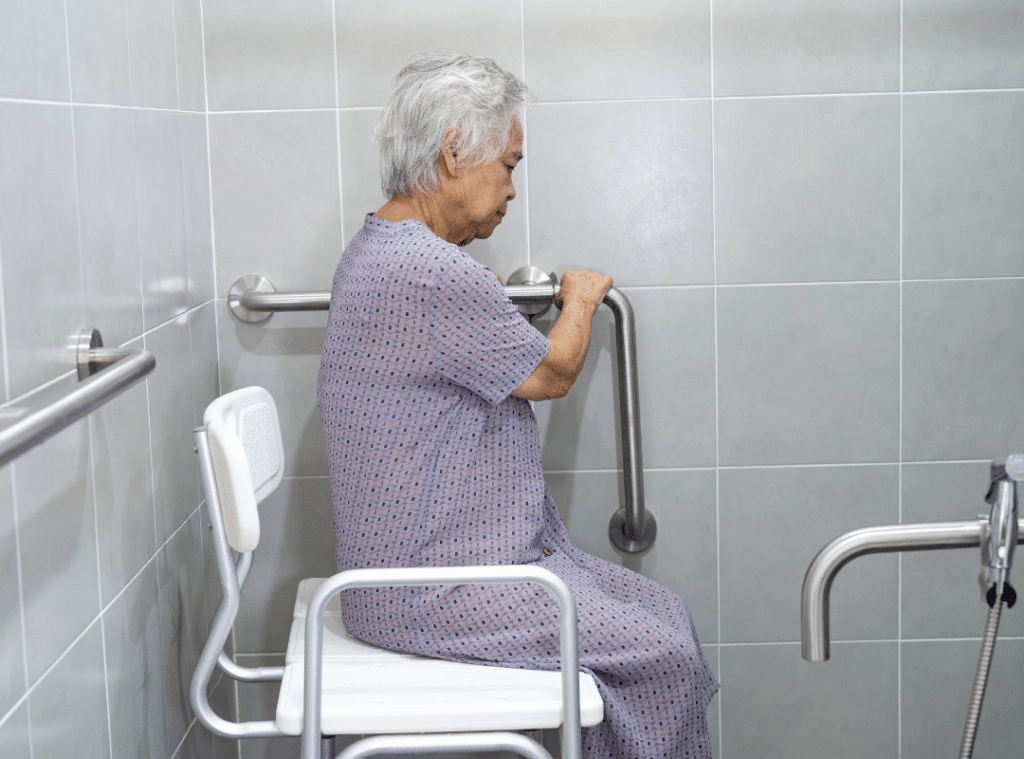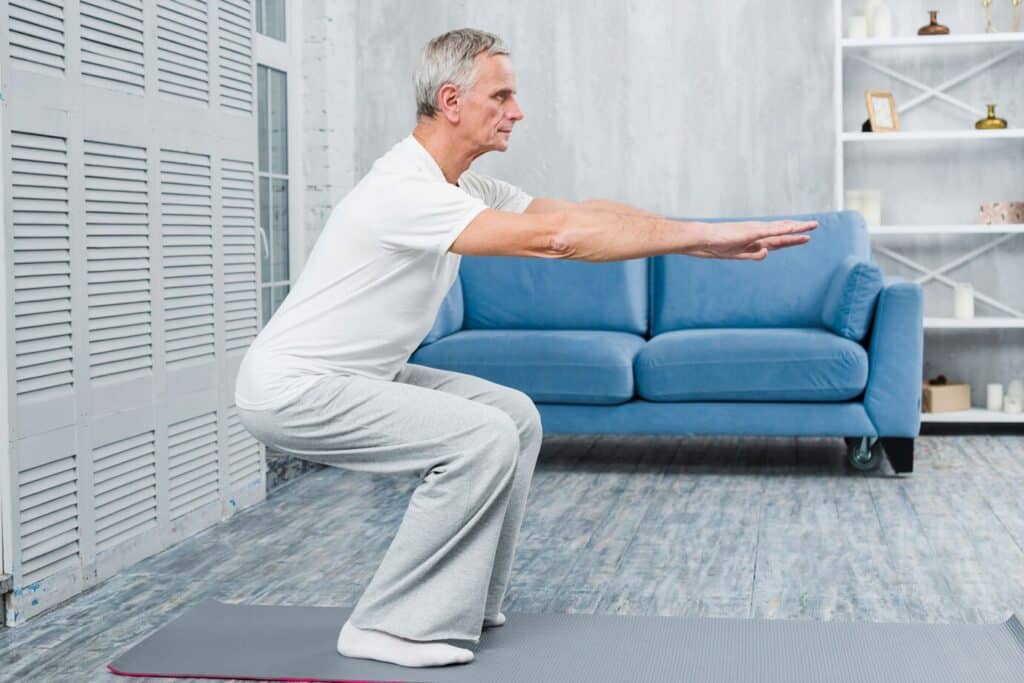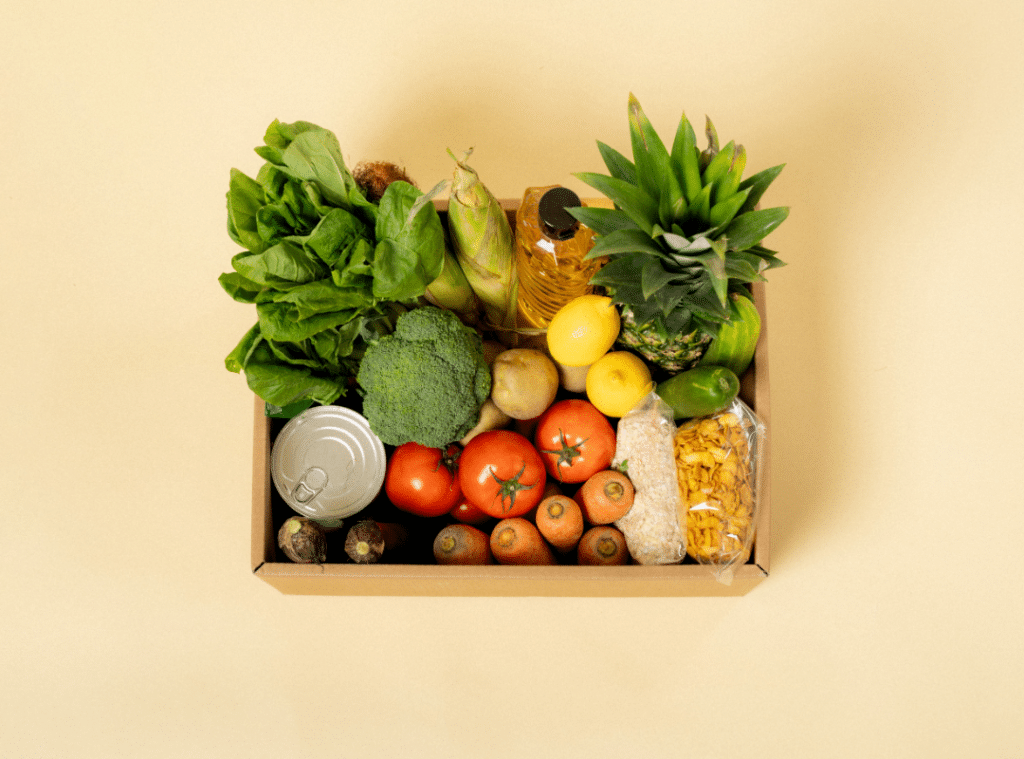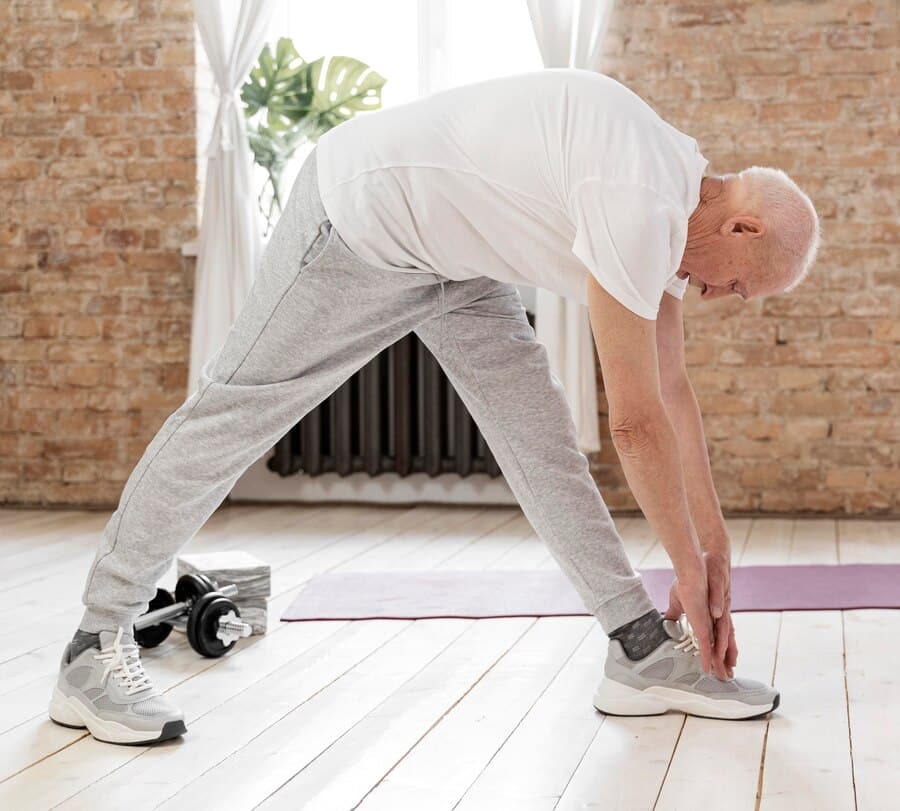Home Safety for Seniors: Preventing Falls at Home
Aging at home brings comfort, familiarity, and independence—but it can also introduce risks without proper precautions. The most common threat? Falls. At Westmont of Morgan Hill, we understand how crucial home safety for seniors is to overall well-being. With simple changes and an informed approach, seniors can reduce hazards and remain confident in their daily lives. Good lighting, thoughtful furniture placement, and elderly safety devices are all effective ways to ensure security.
Even routines like wearing sturdy shoes and engaging in balance exercises can significantly affect safety. The goal isn’t just to prevent falls; it’s to empower seniors to maintain their independence in a safe, welcoming home environment. Let’s explore how the proper knowledge and resources can support long-term comfort and peace of mind.
Why Home Safety for Seniors Matters
Falls are the number one cause of injury among older adults. That reality makes home safety for seniors a top priority. Many of these accidents occur due to preventable hazards—poor lighting, loose rugs, and uneven surfaces. Knowing where these dangers lie is half the battle. Implementing a home safety checklist for seniors can help identify and fix risks before they lead to harm.
Minor updates, like adding light switches at both ends of a hallway or replacing a loose stair tread, can significantly lower risk. This means fewer disruptions, fewer hospital visits, and greater peace of mind for seniors. For loved ones, it implies reassurance that their family member is protected in the place they call home.
Simple Ways to Strengthen Home Safety
Staying safe doesn’t mean making significant renovations. Many effective changes are simple and inexpensive. Rearranging furniture to create clear walking paths, removing throw rugs, and using nightlights in key areas are practical starts. The bathroom, a familiar spot for accidents, can benefit from installing grab bars and non-slip mats. Stairways should be well-lit and equipped with handrails. These minor adjustments follow the core principles of home safety for the elderly, fall prevention, and have a significant impact over time. Home safety modifications aren’t about changing how seniors live—it’s about making where they live safer.
Identifying Hidden Hazards in the Home
It’s easy to overlook everyday items that may pose risks. A pair of slippers without grip, a coffee table placed too close to a walkway, or cluttered steps can all be dangerous. Conducting regular walkthroughs with a home safety for seniors checklist can make a difference. Keep wires tucked away, store frequently used items at waist level, and avoid waxy floor cleaners that create slick surfaces. Encourage loved ones to participate in these assessments, offering fresh eyes and helpful suggestions. The more attentive the home environment, the more manageable daily life becomes for seniors.
The Role of Elderly Safety Devices
Technology plays a helpful role in modern home safety. Elderly safety devices such as medical alert systems, motion sensor lights, and fall detectors bring another layer of protection. These tools give seniors greater confidence, knowing that help is always available. Simple additions like smart doorbells and stove shut-off devices can prevent emergencies before they happen. You can explore various fall prevention devices designed to work discreetly in the background, enhancing safety without disrupting comfort. When integrated thoughtfully, these devices elevate both security and peace of mind.
Senior Citizen Safety Tips for Daily Life
Daily habits can either promote safety or increase risk. Adopting senior citizen safety tips into everyday routines is key. Start with the basics: wear supportive footwear with non-slip soles, drink plenty of water to avoid dizziness, and rise slowly from bed or chairs. Set reminders to take medications at the correct times and avoid multitasking while walking. Good nutrition, hydration, and regular exercise contribute to a sharper mind and more substantial body. Practicing these habits consistently can turn everyday routines into moments of preventive care. Integrating these patterns into your lifestyle aligns with essential home safety tips every senior should follow.
How Communities and Resources Support Safety
You’re not alone when it comes to building a safer home. Government programs, local non-profits, and aging organizations offer guidance and resources for at-home seniors. From online materials to hands-on support, there are plenty of tools available. Community centers often provide workshops on safety for older adults, helping residents learn the latest strategies and stay connected with peers. Community engagement boosts emotional health while also introducing valuable services. Friends and family can also assist in navigating options or simply checking in to offer encouragement. The collective support strengthens the home environment and the senior’s sense of belonging.
Planning for Emergency Situations at Home
Even with every precaution, emergencies can happen. Planning means you’ll be ready, not surprised. An emergency kit should include water, medication, a flashlight, backup glasses, and key contact numbers. Keep it in a familiar, easy-to-reach place. Ensure smoke detectors and carbon monoxide alarms are working and loud enough to be heard throughout the home. Communication is just as important. Create a list of emergency contacts and display it clearly near the phone. Practicing evacuation procedures with a loved one can build confidence and clarity in a crisis. These strategies are not just practical—they are essential parts of home safety for seniors.
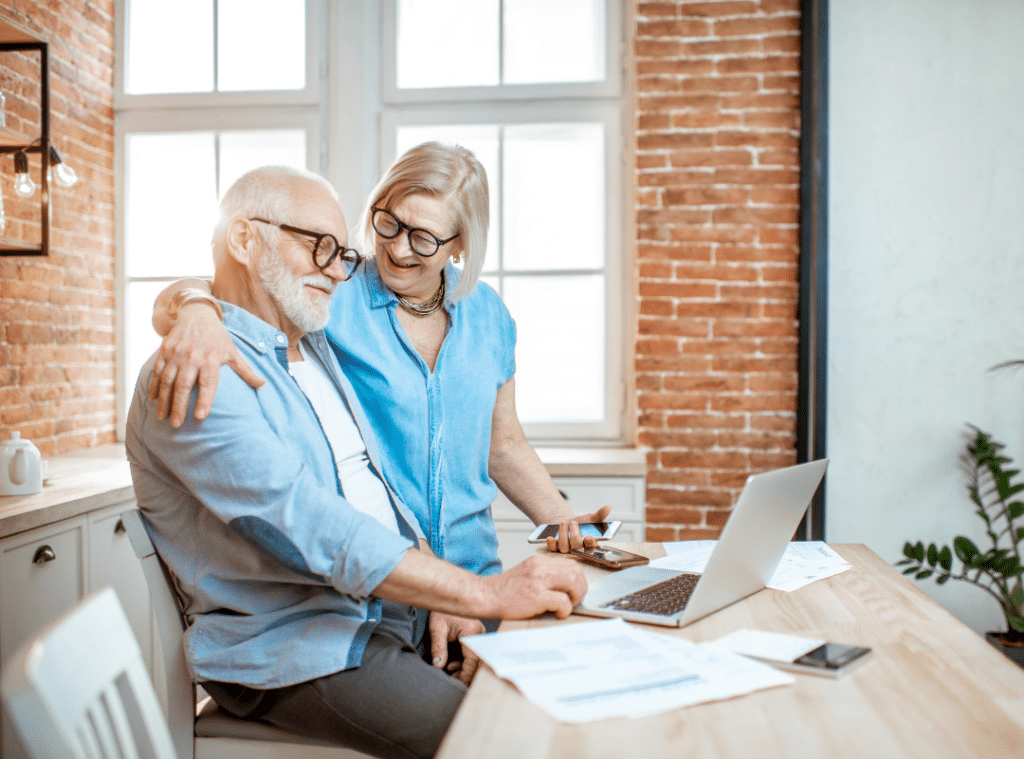
Joining Community Events for Home Safety Support
Connecting with the community offers more than social interaction—it’s a powerful tool for personal safety. Whether it’s a seminar on fall prevention or a wellness check hosted by a local agency, engaging in events designed for seniors encourages empowerment. Workshops on home safety for the elderly, including fall prevention, provide personalized tips and allow seniors to ask questions in real time. Events like these promote awareness and can inspire new safety habits. Knowledge is a lifelong tool; it uplifts everyone involved when shared in the right environment.
For more helpful insights or personalized support with creating a safer living space, contact Westmont of Morgan Hill at 408-779-8490 today.
Dive into the vibrant life our Westmont communities have to offer.Find Where You Belong
Frequently Asked Questions
How can I make my house safer for the elderly?
To make your home safer for older adults, remove tripping hazards such as loose rugs or clutter. Install grab bars in the bathroom, ensure adequate lighting throughout the house, and use non-slip mats in key areas. You can also consider adding handrails on both sides of the stairs and using furniture that’s easy to get in and out of. These small changes can significantly reduce the risk of falls and injuries.
Where do old people go to get taken care of?
Older adults can receive care in several settings depending on their needs. Options include in-home care, assisted living communities, nursing homes, and memory care facilities. Some also choose independent living communities that offer support as needed. The best choice depends on their level of independence, health conditions, and personal preferences.
How much does a home safety assessment cost?
The cost of a home safety assessment varies based on location and provider, but it typically ranges from $100 to $500. Some organizations offer free or discounted assessments, especially for veterans or low-income seniors. A professional, such as an occupational therapist, will evaluate the home and suggest safety modifications. It’s a valuable investment to help prevent accidents and promote independent living.
How to take care of an 80-year-old?
Caring for an 80-year-old involves supporting their physical, emotional, and social needs. Ensure they eat balanced meals, stay hydrated, and attend regular medical checkups. Encourage safe physical activity, keep their living environment safe, and provide companionship or social engagement. Listening to their preferences and involving them in decisions helps maintain their dignity and independence.



